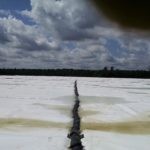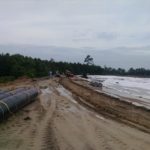Company:
Industrial & Environmental Concepts Inc Lakeville, MN
Project Details
Fabric 1
Geogrid
Producer:
Tensar International Corp.
Fabric 2
HDPE Geomembrane
Producer:
Solmax International Inc.
Engineer Name 1
Dave Farber
Engineer Company 1
O'Brien & Gere
Design Company
Industrial and Environmental Concepts, Inc. (IEC)
Fabrication Company
Industrial and Environmental Concepts, Inc. (IEC)
Project Manager Name
Al Fischer, Sean Gallant and Phil Comstock
Installation Company
Industrial and Environmental Concepts, Inc. (IEC)
Please describe the project specifications
A large multi-national company closed their manufacturing facility in North Carolina. Sludge was one of the by-products of the manufacturing process. As part of the closure protocol, the company needed to cap their 12-acre sludge storage basin. The semi-liquid sludge presented characteristics that prevented traditional methodology for dewatering and capping from being used.
Adding to the complexity of how to cap the high liquid solids, the project site had an average rainfall of over 57 inches per year, so the cap design needed to manage a large volume of rainwater. In addition, the coastal location of the site was subjected to high winds and potential hurricanes, therefore the cap also needed to be designed for high winds.
What was the purpose of this project? What did the client request?
The purpose of capping was to eliminate rainfall from entering the sludge basin and also prevent leachate from developing. The company and their engineers needed an effective and economical solution to capping their sludge with a design that also incorporated the highest safety standards for the installation crew.
What is unique or complex about the project?
The sludge was in a semi-solid state with sludge depth ranging from 7–9 feet across the basin. Normally, sludge can be dewatered, which makes it possible to haul the solids off-site and then install a low permeability cap over the basin. However, existing polymers in the super-saturated, high-moisture sludge resisted dewatering. As a result, the sludge did not have any structural integrity or strength to support a work crew, much less support a heavy clay cap layer. If the sludge was subjected to any significant load, it would be quickly displaced, causing the denser and heavier material on top to migrate downward. The engineering firm determined the best approach was to cap the solids in place.
What were the results of the project?
Over 20 geomembrane companies were solicited for the tender. Part of the pre-qualification process was to evaluate each company’s experience and approach to capping the in-situ solids. Following the vetting process, an innovative 3-layer capping approach was selected.
The company responsible for the 3-layer design, sent their engineering team to the project site to demonstrate their solution to both the client and their engineers. The demonstration was set up in a section of the pond to try out this new design. The demonstration proved successful, meeting the objectives.
The first layer of their design was a floating geogrid system installed directly over the sludge. The grid was installed to distribute surface loads across a wide area to reduce sludge displacement.
A secondary layer was installed directly over the geogrid. A patented floating modular cover system provided the needed structure to further distribute weight across a larger area of the sludge. The modular cover was constructed of high-density polyethylene (HDPE) that encapsulated a proprietary foam in an airtight module. The buoyancy of the modular cover also provided the safe working platform needed for the installation crew and their equipment.
In consideration of the intense ultraviolet rays and high summer temperatures of North Carolina, a reflective 80-mil HDPE geomembrane was installed across the entire 12-acre basin. The material was double-fusion welded to create a monolithic flexible cover that protected the solids from rainfall. The system was designed to stay afloat, enabling rainwater to be collected and diverted off the cover. A series of strategically placed ballast weights were installed across the cover to facilitate the draining of rainwater to collection points. The geomembrane was buried in a specially designed anchor trench. The trench prevented rainwater from entering the basin and prevented wind from getting under the cover. Both were extremely important design factors for the project due to the frequency of hurricane winds and heavy rainfall.
The solids in the basin were relatively inert, producing minimal bio-gas. However, as a design precaution for the potential need to collect bio-gas in the future, the system incorporated gas laterals. The field crew welded the gas laterals to the underside of the cover to enable gas to migrate to specified locations where the gas can be expelled through a series of valves. The valves can be opened by operators if the need develops in the future.
The project was deemed successful and cost-effective by the client’s engineer. Costs normally associated with dewatering and hauling solids were eliminated by using the innovative approach. The capping project stayed within budget and was completed several weeks ahead of schedule without any safety violations. The cover system has since been awarded a US patent.
Content is submitted by the participant. IFAI is not responsible for the content descriptions of the IAA award winners.
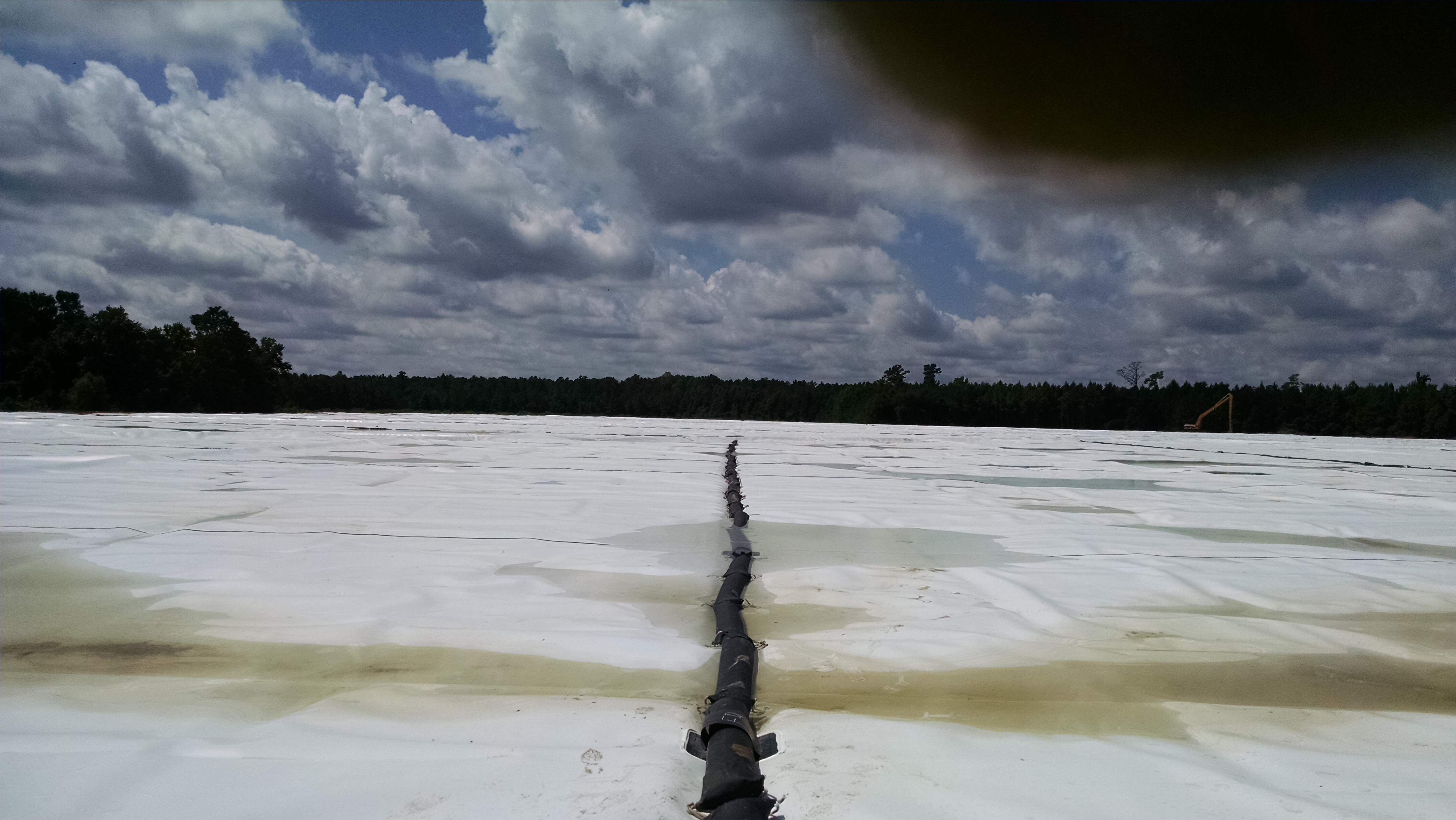
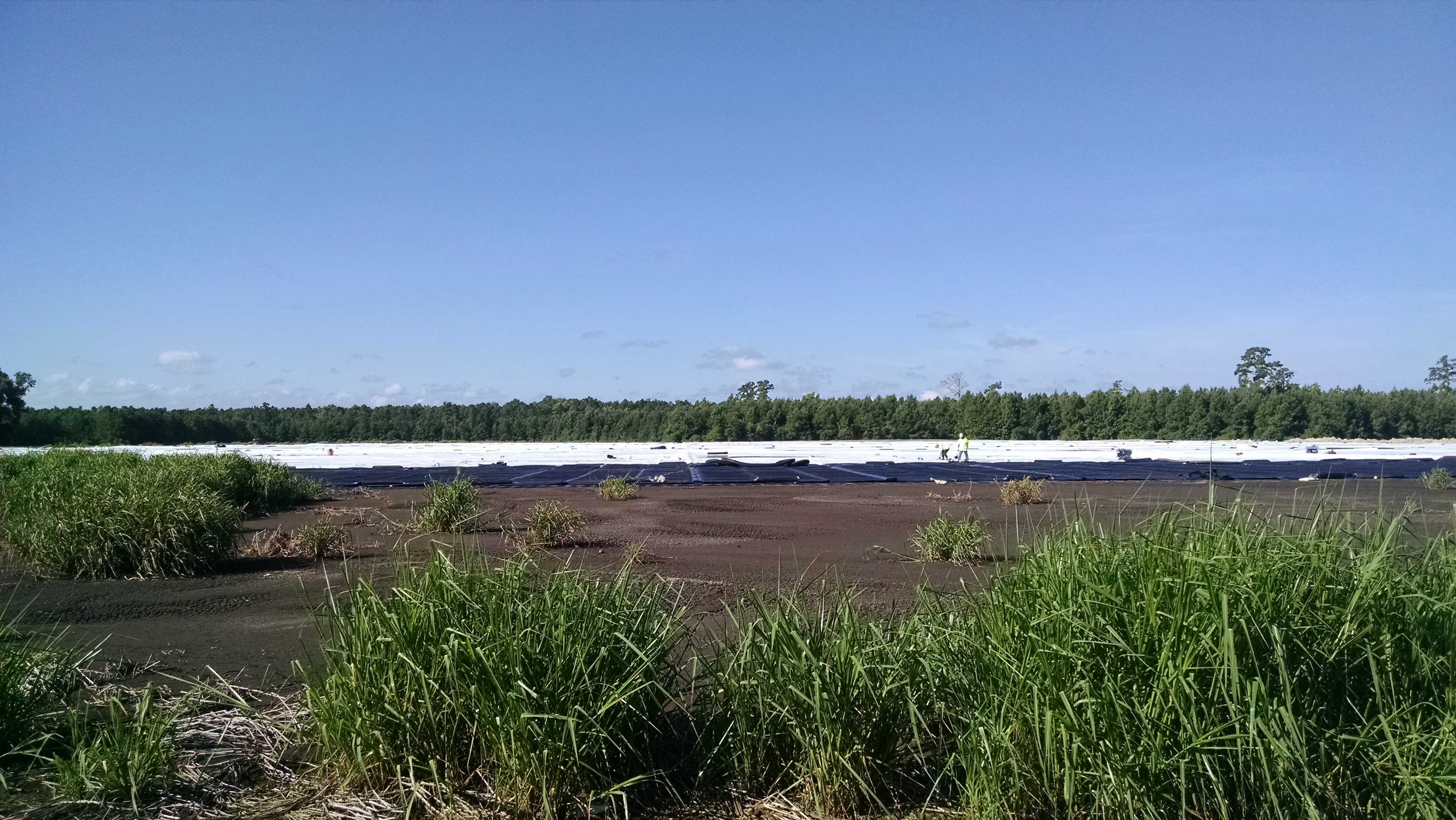
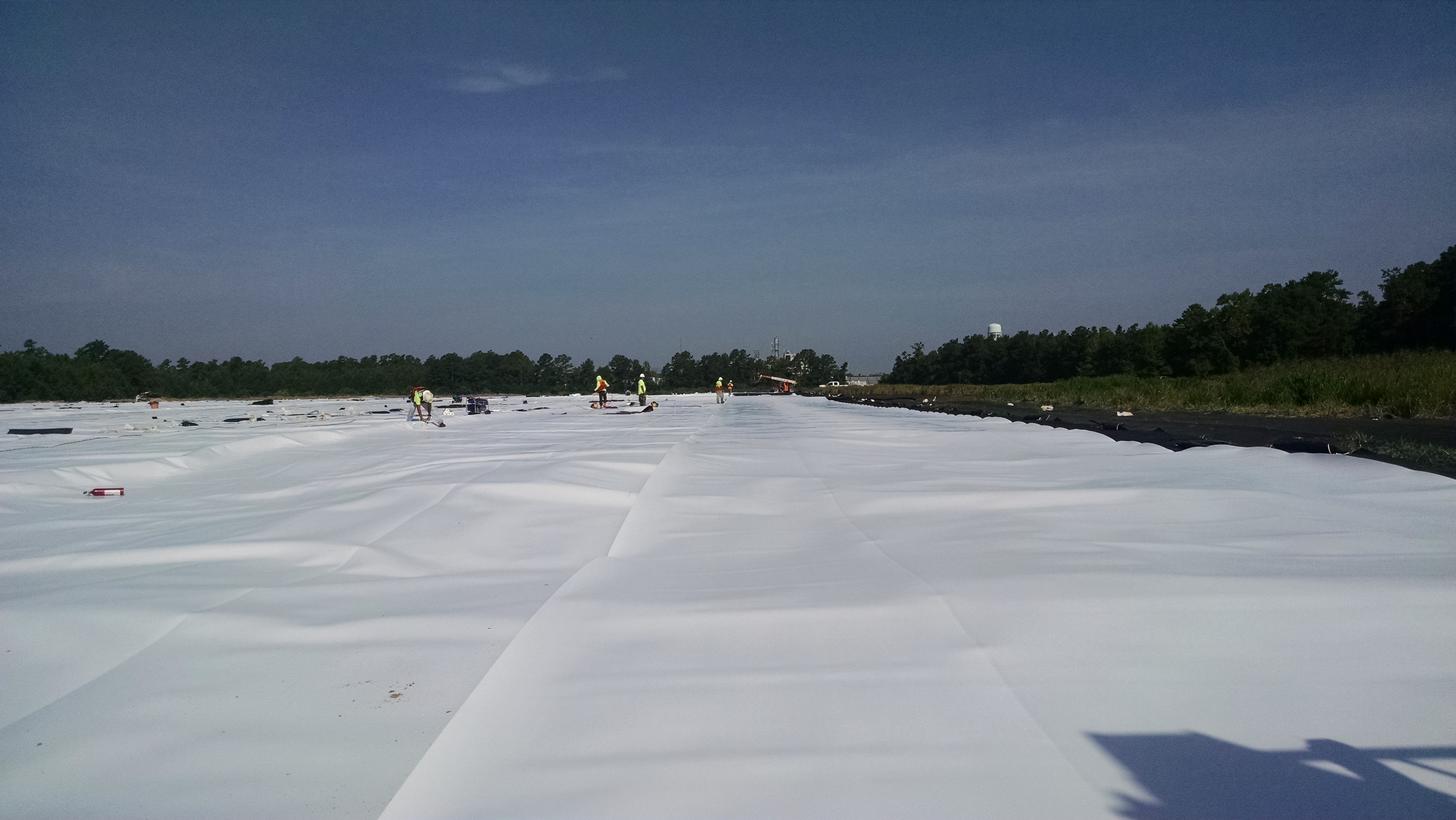

 TEXTILES.ORG
TEXTILES.ORG



